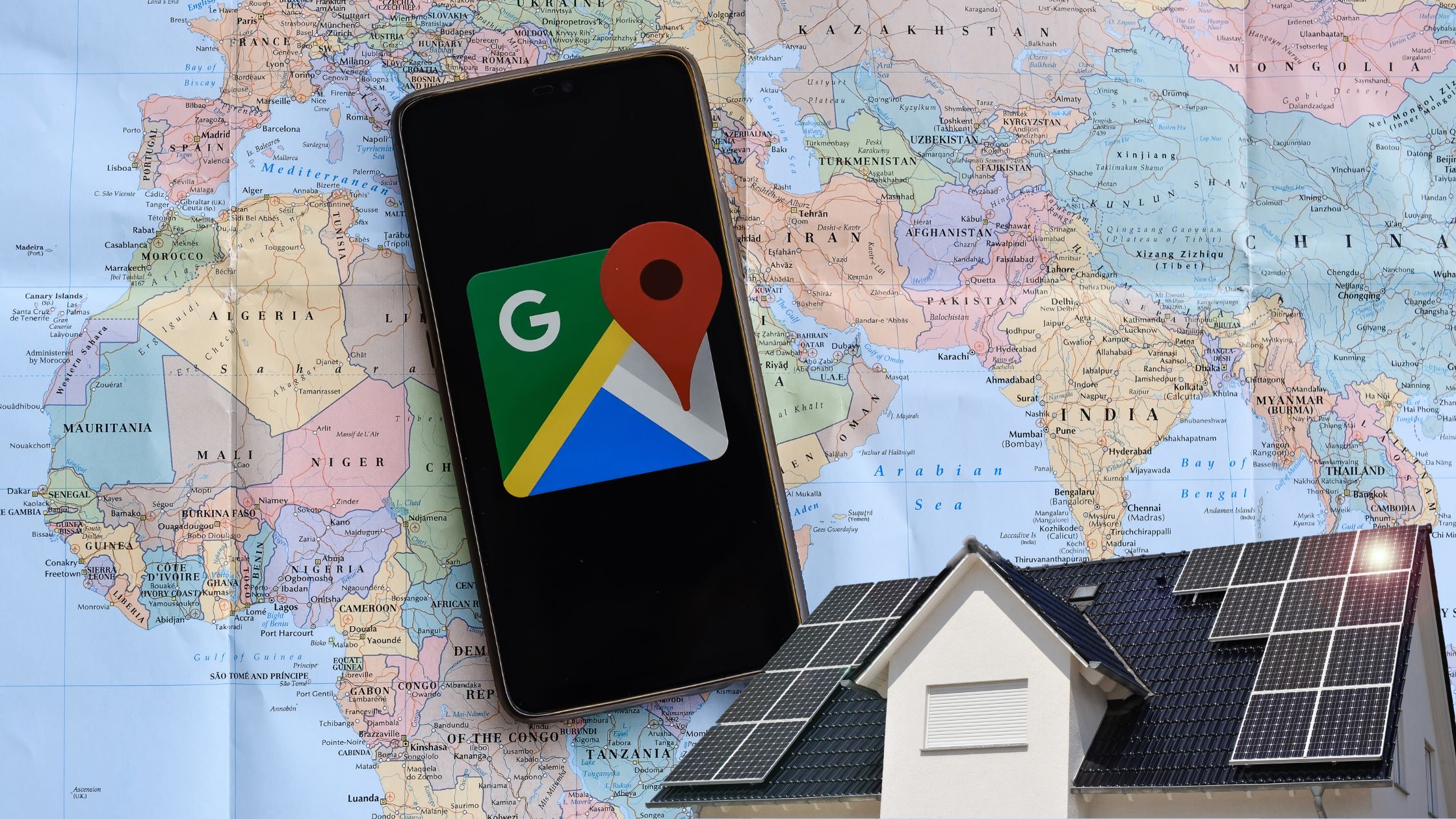Google Maps, the popular navigation app, has recently introduced innovative features that aim to promote sustainability and improve environmental awareness. These new capabilities include calculating solar potential, tracking air quality, and providing information on pollen counts. By integrating these functionalities into their platform, Google Maps is empowering individuals and businesses to make informed decisions that contribute to a greener and healthier future.

Calculating Solar Potential: One of the standout features introduced by Google Maps is the Solar API. This tool leverages weather patterns and aerial imagery to calculate the solar potential of rooftops. By accurately assessing the amount of sunlight a rooftop receives, this feature helps accelerate the deployment of solar panels. It improves accuracy, reduces the need for site visits, and ultimately facilitates the adoption of renewable energy solutions.
Tracking Air Quality: With growing concerns about air pollution and its impact on human health, Google Maps has integrated an Air Quality API. This feature provides detailed information on local air quality by aggregating data from multiple sources, such as government monitoring stations and satellites. Users can now access real-time air quality data and make informed choices about their outdoor activities, ensuring a healthier environment for themselves and their communities.
Informing about Pollen Counts: Seasonal allergies affect millions of people worldwide. To address this issue, Google Maps has introduced the Pollen API. By utilizing machine learning algorithms and wind patterns, this feature provides updated information on common allergens in 65 countries. Users can now stay informed about allergen levels in their area and take necessary precautions to manage their allergies effectively.
Benefits for Individuals and Businesses: While these features primarily target companies and paying customers, Google Maps users in certain areas also benefit from the ability to track air pollution levels and areas affected by wildfires. This information empowers individuals to make informed decisions about their outdoor activities and helps raise awareness about environmental issues.
Conclusion: Google Maps continues to evolve beyond just navigation, incorporating features that promote sustainability and environmental awareness. By enabling users to calculate solar potential, track air quality, and access pollen count information, Google Maps empowers individuals and businesses to make greener choices. These new capabilities contribute to a healthier and more sustainable future, making Google Maps an invaluable tool for those seeking to prioritize the environment in their daily lives.







